Biophilic Design for Outdoor Spaces
Theme selected: Biophilic Design for Outdoor Spaces. Step outside into places that breathe, cool, and heal. Together, we’ll turn patios, rooftops, and yards into living ecosystems that lift mood, spark connection, and invite daily moments of wonder. Share your goals and subscribe for fresh, nature-led ideas.
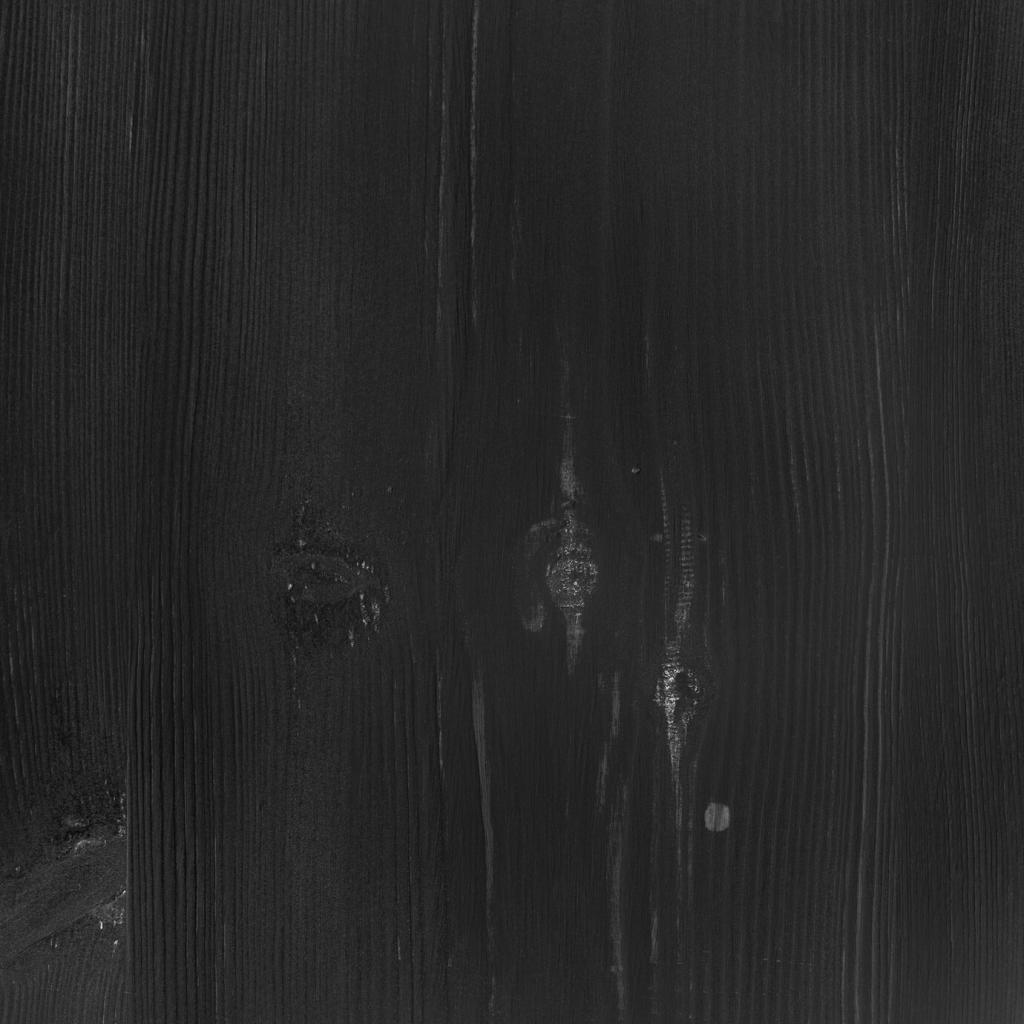
Why Biophilic Design Transforms Outdoor Spaces
Exposure to greenery, natural light, and flowing water can lower heart rate and perceived stress, helping your outdoor space act like a daily reset button. Even brief micro-breaks outside, surrounded by foliage and birdsong, deliver measurable calm you can feel in your shoulders and breath.
Why Biophilic Design Transforms Outdoor Spaces
Gentle fascination—think dappled shade, rippling leaves, or butterflies drifting across blooms—gives the brain a chance to refocus. Designing for layered views, subtle movement, and seasonal shifts creates restorative moments that revive concentration. Comment with your most distracting spot, and we’ll recommend a calming, nature-first fix.
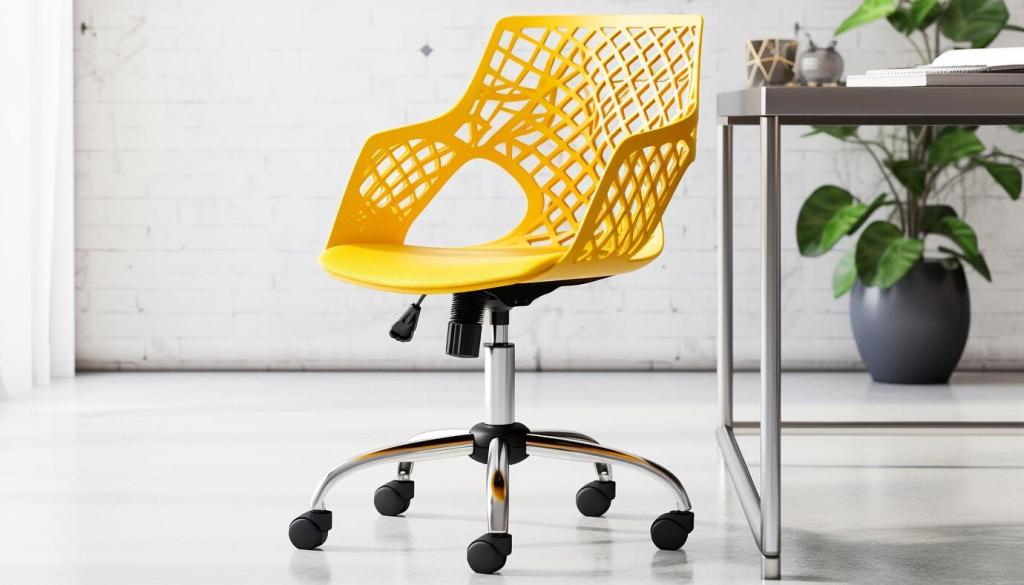


Small Water Features with Big Impact
A recirculating fountain, rill, or birdbath cools nearby air slightly and masks street noise with soothing sound. Even a narrow wall fountain invites birds and butterflies. Share your available footprint, and we’ll suggest a water element that fits your budget and maintenance comfort level.
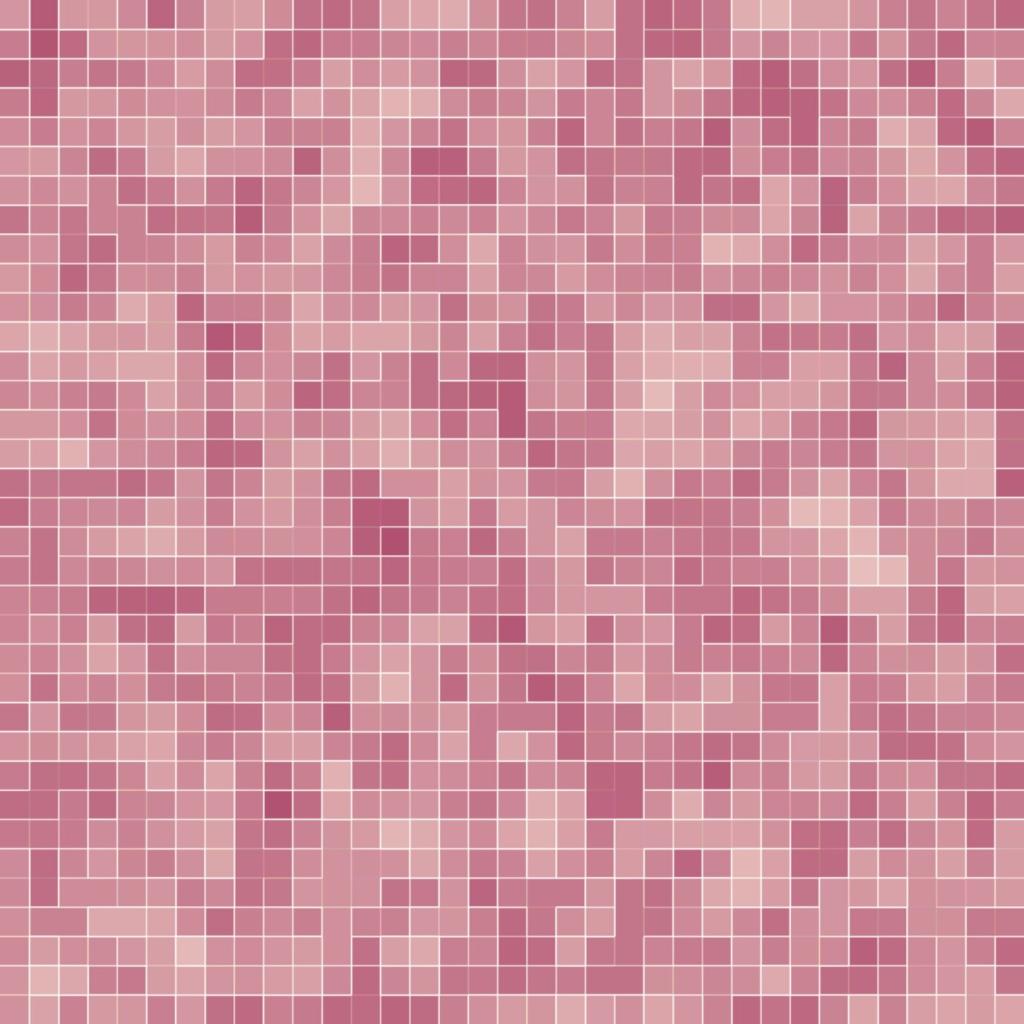
Designing for Summer Heat and Winter Sun
Pergolas with deciduous vines shade in summer and open for winter light. High-albedo pavers reduce heat buildup, while moveable umbrellas target hot spots. Sketch your sun path or upload a quick photo at noon, and we’ll guide strategic shading that feels effortless and organic.
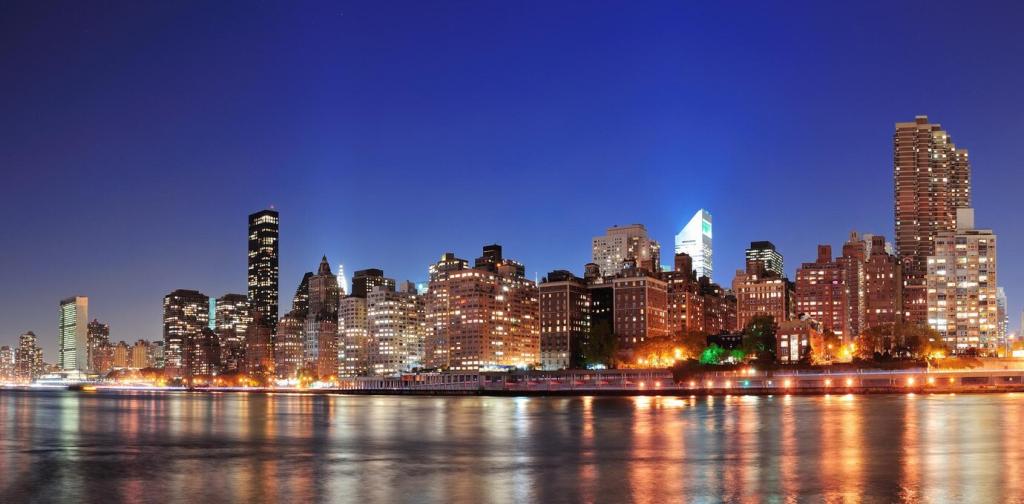
Mist, Evapotranspiration, and Breezes
Planting trees and tall grasses increases evapotranspiration, cooling surrounding air. Align seating with prevailing breezes and create wind corridors between hedges. For still courtyards, a subtle mist line can transform comfort. Ask about low-flow options that refresh without drenching, perfect for reading nooks and play areas.
Materials, Patterns, and Sensory Cues
Fractals and Visual Calm
Patterns found in ferns, bark, and branching paths echo the fractal geometry our brains recognize as restful. Use perforated screens, leaf-pattern shade cloths, or pebble mosaics to create gentle visual complexity. Your gaze relaxes, and attention stretches further without strain or visual fatigue.
Tactility Underfoot and in Hand
Gravel’s crunch signals arrival, smooth river stone invites bare feet, and oiled wood handrails warm to the touch. Curate textures that guide movement and mood. What do you want guests to feel first—cool stone, warm timber, or soft moss? Comment, and we’ll craft a tactile journey.
Scent and Soundscapes
Aromatics like thyme, lavender, and sweet bay release scent as you brush past, while grasses whisper in the breeze. Layer subtle wind chimes near a water feature to create a calming soundscape. Tell us your favorite fragrance memory, and we’ll weave it into a planting plan.

This is the heading
Lorem ipsum dolor sit amet, consectetur adipiscing elit. Ut elit tellus, luctus nec ullamcorper mattis, pulvinar dapibus leo.

This is the heading
Lorem ipsum dolor sit amet, consectetur adipiscing elit. Ut elit tellus, luctus nec ullamcorper mattis, pulvinar dapibus leo.
Nighttime and Seasonal Biophilia
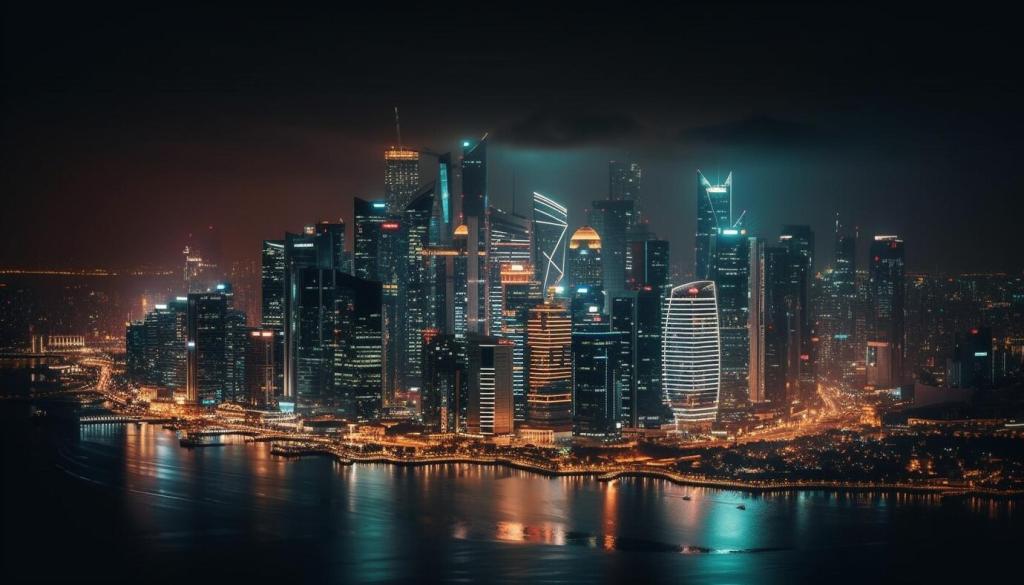
Use shielded, warm LEDs aimed downward to protect star views and nocturnal pollinators. Light only what you need: steps, edges, and focal textures. Add solar path markers for soft guidance. Ask us for a night-walk audit to balance safety, atmosphere, and ecological sensitivity.
